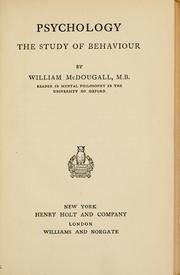
Photo from academic.microsoft.com
The paper reports two studies investigating children’s acquisition of the wh-adjunct zenme in Mandarin. Unlike other Mandarin wh-words that correspond to a single meaning, zenme can be used to question… Click to show full abstract
The paper reports two studies investigating children’s acquisition of the wh-adjunct zenme in Mandarin. Unlike other Mandarin wh-words that correspond to a single meaning, zenme can be used to question either the manner or the cause of an event. Study 1 explored whether children understand that zenme is ambiguous between a causal and a manner reading. Study 2 examined whether they can use syntactic cues to disambiguate the two readings. The findings show that children as young as 4 years of age access both the manner and the causal reading, but they prefer the former over the latter. Children exhibit a developmental trajectory when acquiring the mapping relations between the syntactic positions of zenme and its corresponding semantic interpretations: 5-year-olds can use syntactic cues to disambiguate the two readings; 3-year-olds, however, are still in the stage of working out how the syntactic positions are mapped onto the relevant semantic interpretations; the critical change occurs at around 4 years of age. The implications of the findings were then discussed in relation to the two major competing theories of child language acquisition.
Journal Title: Frontiers in Psychology
Year Published: 2020
Link to full text (if available)
Share on Social Media: Sign Up to like & get
recommendations!